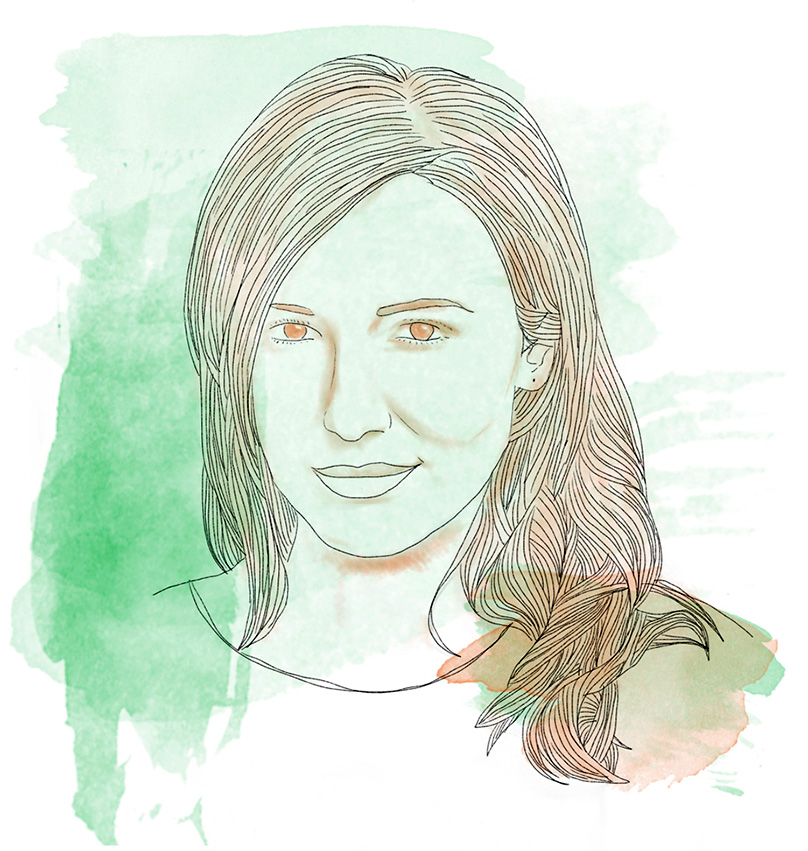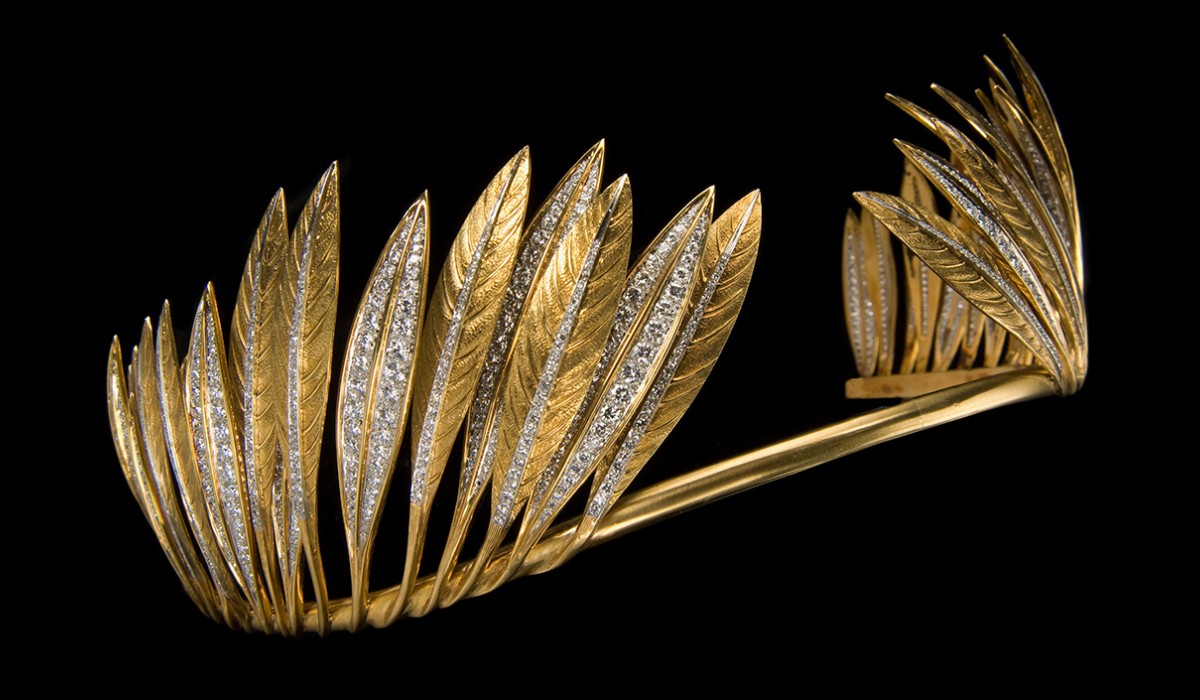The Tiara: From Status Symbol To Trendy Accessory
Text Katerina Perez
Since time people have adorned themselves with wreaths of leaves and flowers when partaking in ceremony or celebration. As technology developed these simple decorations were replaced with slender bands of precious metal and their very meaning changed into that of a symbol of power, status and victory. These bands were worn by both priests, courtiers of the Pharaohs of Ancient Egypt and the Caesars. Enhanced by pendants and adorned with gemstones and decorative elements, these ornaments acquired the form that we are used to today and their name – tiara.
Originally the tiara was a circular or semi-circular band of gold, generously decorated with gemstones or peals, which led them to be rather heavy. In the 17th and 18th centuries they were positioned directly on the forehead so as to hide the edge of a person’s wig (these were worn everywhere at that time). Later these large structures were replaced by headbands that were narrower and semi-circular. By the early 19th century the tiara had become a light, gracious ornament preferably studded with diamonds that had a barely noticeable metal structure. It moved from the forehead to a slightly higher position where it became almost as if part of someone’s hairstyle. This is how it continues to be worn to this day.
The narrative behind how tiaras were fashioned also changed. They were worked upon by the very best craftsman, each of whom introduced something of their own. “Baroque” versions were characterised by symmetrical floral motifs combined with bows and flowing ribbons. “Rococo” variants featured asymmetrical butterflies and delicate feathers. “Empire style” manifested itself as an abundance of precious and semiprecious stones and a variety of marine minerals. In this era, it was common for tiaras not just to be produced on their own but together with a hair clip, pendant, necklace, earrings, bracelet and other items of jewellery in the same style.
Today the tiara is a head ornament with a decoratively finished headband that widens towards the centre in a half-moon shape. Despite its rich and long history, this hair jewel has not lost its relevance. Nowadays jewellery brands such as Chaumet, Graff Diamonds, Cartier, Garrard and many others continue to create all new interpretations of this refined accessory from gold, diamonds and coloured gemstones. As a matter of fact, tiaras have become one of the main trends of Spring Summer 2016 and have been included in the shows of true trendsetters such as Dolce & Gabbana, Moncler Gamme Rouge, Saint Laurent, Miu Miu and Louis Vuitton.
[su_divider top="no" size="1" margin="5"]
[gallery size="medium" link="file" ids="12494,12495,12496,12497,12498,12493,12492"]
[su_divider top="no" size="1" margin="5"]
The Author



